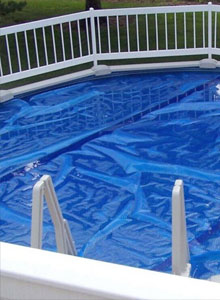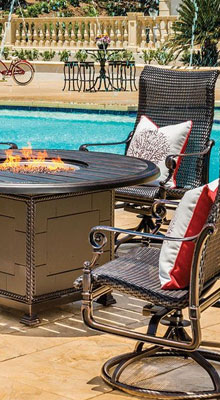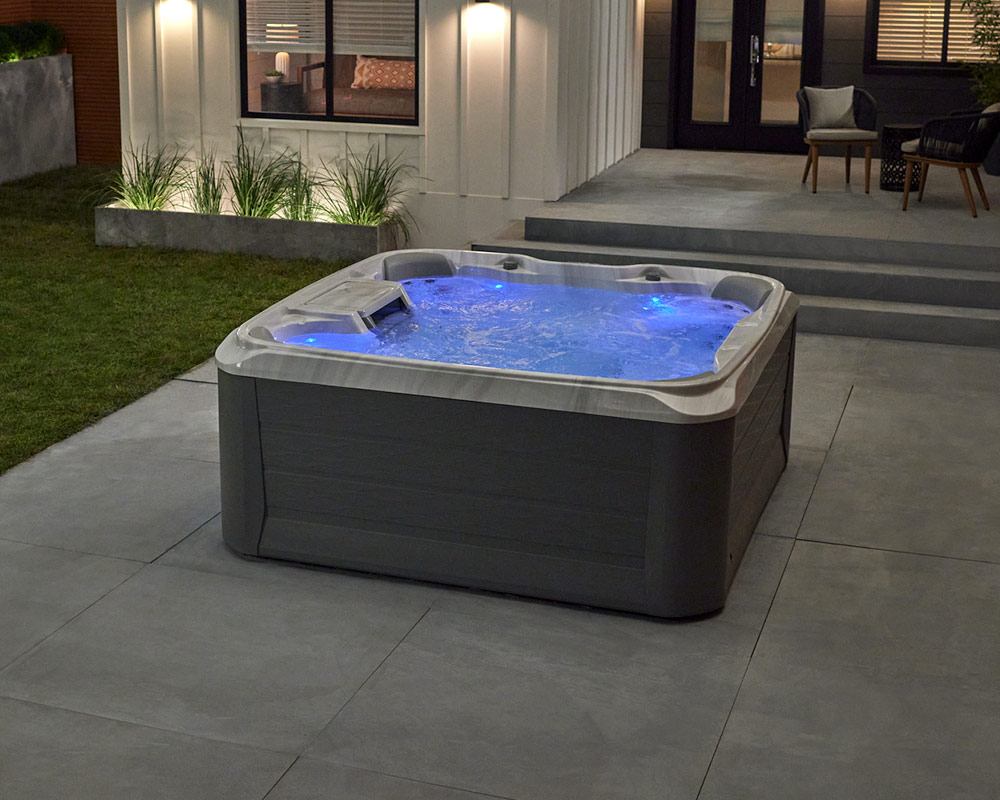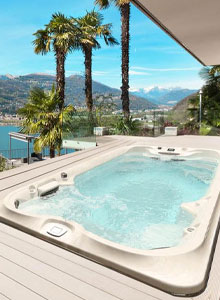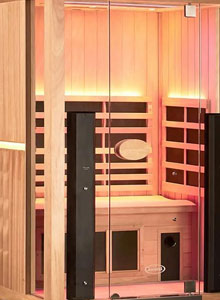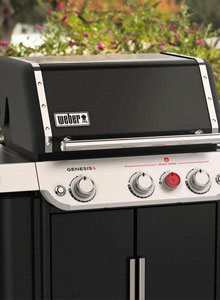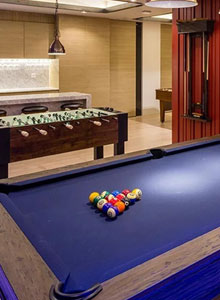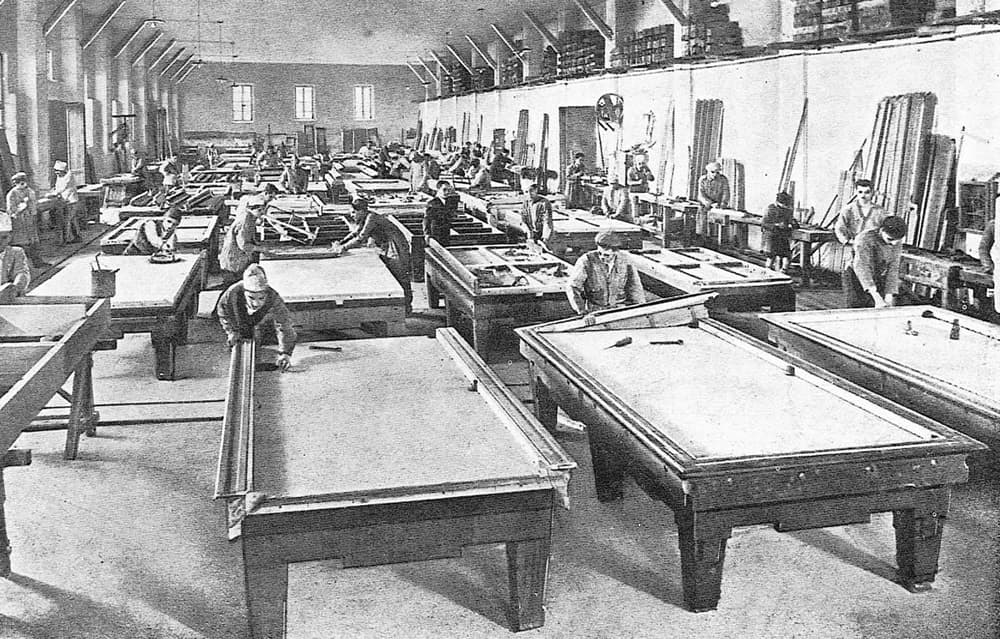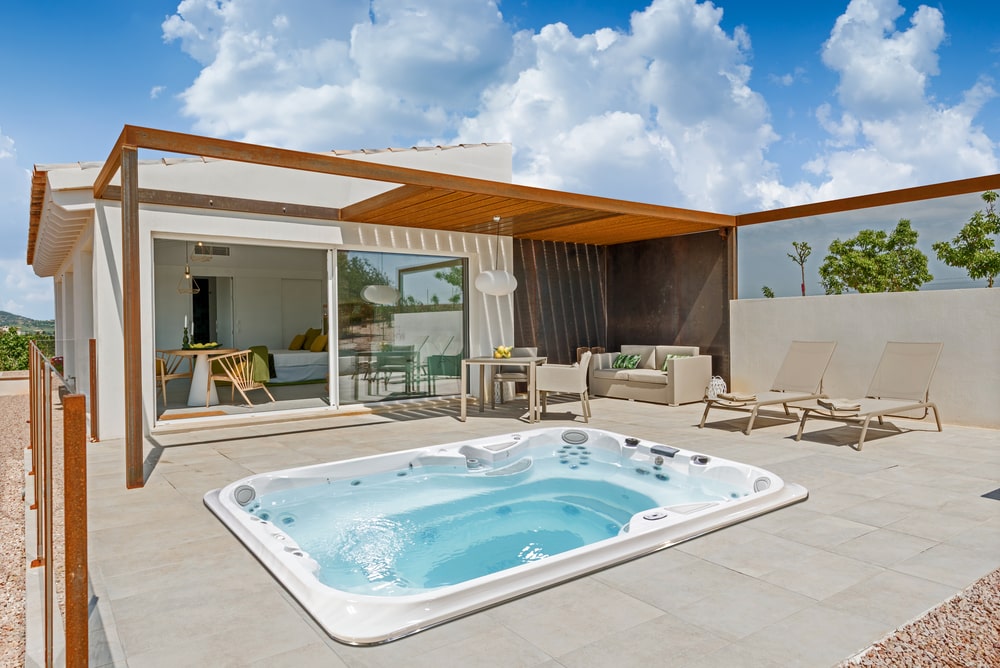With there being a “shelter in place” order in every state in the country, it’s likely you’re feeling antsy. As a remedy to that, you might be wanting to open your pool a little earlier in the season than you usually would. Well, we’re here to give you a handy guide to opening your pool.
We should mention that we have a pool start-up kit that you can conveniently pick up at our store!
Step 1: Time to remove your winter cover
Get out your pool pump! You’ll want to run it to get your winter cover as dry as possible. Once dry, sweep as much debris as possible from the cover. This will help prevent it from accidentally dumping out into your pool when you go to remove the cover. Begin taking the cover off, folding it into sections as you go, until it is completely folded to one side. This will further help minimize getting any gunk into your pool.
Step 2: Clean and store your cover
Lay your cover out somewhere flat in your yard and use your hose to remove any remaining debris. Allow it to dry, and then store it until next winter!
Step 3: Refill, remove, reinstall
If the water level of your pool dropped while it was closed for winter, add more water to the pool. Next, ensure that all your winter plugs have been removed. Then reinstall your skimmer baskets and jet fittings.
Step 4: Re-attach your deck equipment
Oil up your bolts and re-attach your deck equipment such as diving boards, rails, and ladders.
Step 5: Get your filter and pump going!
Hook up your pool pump, pool heater (if you have one), and filter. When you turn on the power, make sure there are no leaks or loose attachments, and everything seems to work properly (i.e. your pump is pulling water properly).
Step 6: Backwash your filter
Make sure to backwash your filter when you start your filter system up. If you’re using a DE filter, it’s important to add DE after you use backwash filters. Be sure you are following your manufacturer’s instructions when backwashing.
Step 7: Clean and Shock your Pool
Skim the pool and scrub its sides with a pool broom. Vacuum up any debris that might have sunk to the bottom of the pool.
Now you’re ready to shock that sucker! You’ll want to add enough shock to raise the chlorine level to 3.0 ppm. Make sure you’re testing the water because it may require more than one treatment to get it to the correct level.
Step 8: Get your water chemistry in check
Test your water chemistry for alkalinity, pH, calcium hardness, and chlorine levels. This is where having a starter kit would probably be handy—it’ll include all the chemicals you need to adjust levels. Most starter kits include shock too!
After this, you’ll want to let the water sit undisturbed with the pool pump running for at least 24 hours. Test the water chemistry again. If the chlorine level is now under 2.0 ppm and the levels are balanced, give it one last vacuum and you’re ready to jump in!
